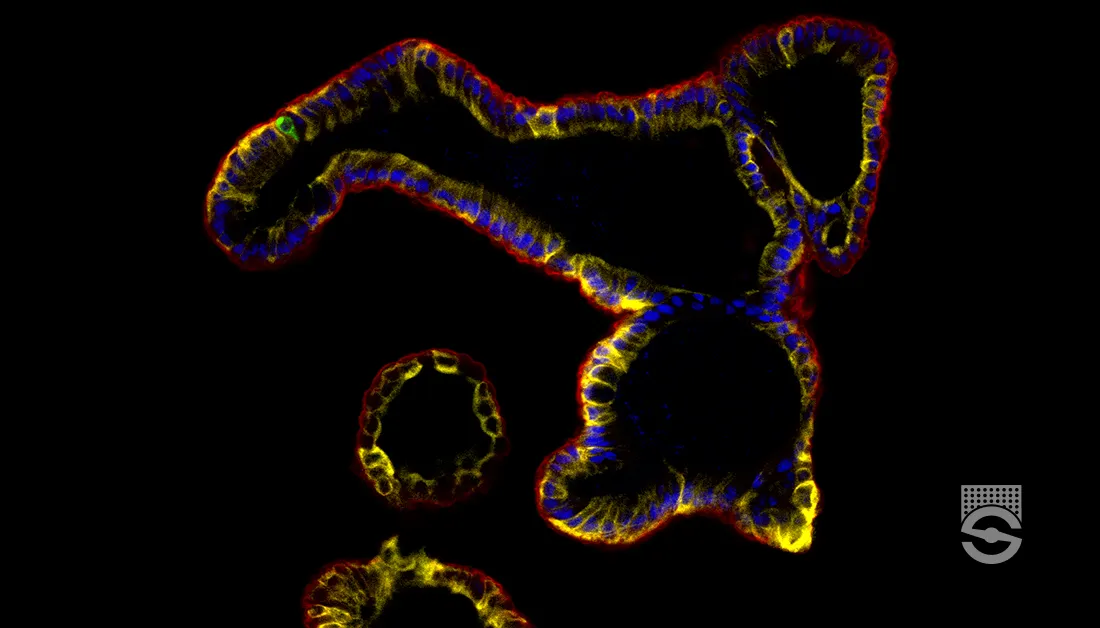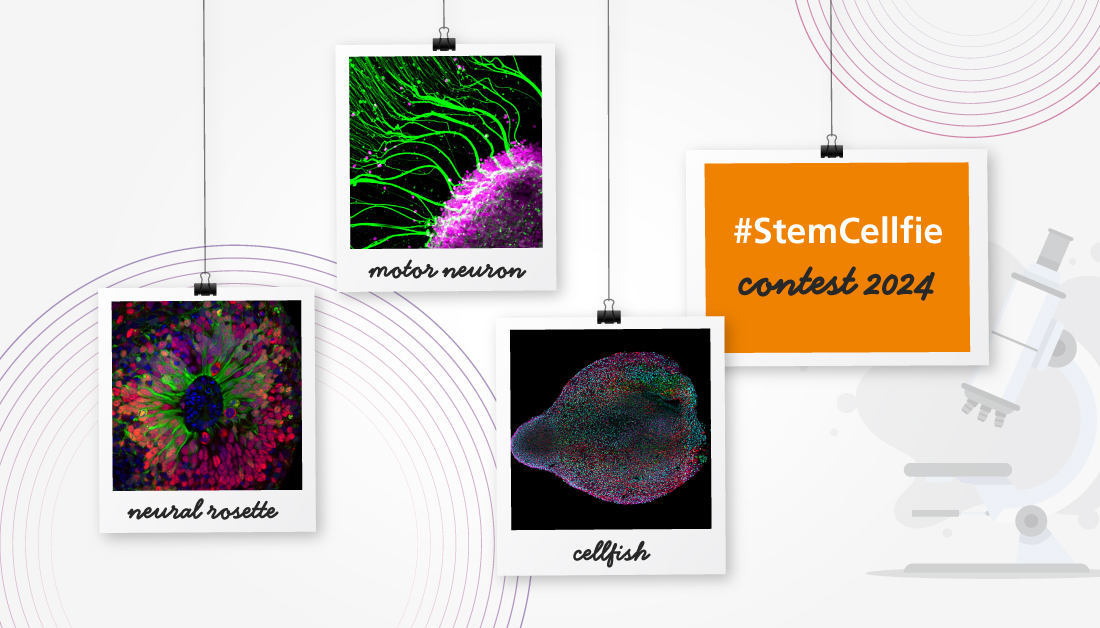Lillie's Long PAS
for 1-2-Glycols
The periodic acid Schiff reaction (PAS) is used to demonstrate the presence of 1-2-glycols, and is consequently an important method in the histochemistry of carbohydrates and the histological demonstration of many structures.
Lillie referred to this as
“The Periodic acid Leucofuchsin Method in Relation to Various Modifying Procedures”.
He describes its purpose as being
“To indicate at what points and in what sequence various modifying procedures should be introduced”.
Materials
- A periodic acid solution.
- A strong Schiff’s reagent.
- Sodium metabisulfite, 0.5% aqueous, optional.
- Mayer’s hemalum, or Weigert’s iron hematoxylin.
- Picric acid, saturated aqueous, optional.
- Orange G, 2% aqueous, optional.
- Methyl blue, 0.1% in saturated aqueous picric acid, optional.
Tissue Sample
5µ paraffin sections of neutral buffered formalin fixed tissue are suitable. Other fixatives are likely to be satisfactory, although glutaraldehyde should be avoided.
Protocol
- Dewax paraffin sections with xylene.
- Remove xylene with two changes of absolute ethanol.
- Optionally, do one or more of the following procedures in the order given.
Procedure Comments Acetylation Acetylation blocks hydroxyl and amino groups. Cartilage and glycogen are the most resistant. Other carbohydrates are more easily affected. Benzoylation Similar to acetylation, this also blocks hydroxyl and amino groups. Again, cartilage and glycogen are the most resistant while other carbohydrates are more easily affected. Deacetylation (saponification) Deacetylation (also called saponification) reverses the effects of acetylation in some, if not all of the materials which were blocked. The reversal is progressive, that is, some substances recover their stainabilty before others. Methylation Extended methylation causes some otherwise oxidisable carbohydrates to become non-reactive. Primarily, however, it inhibits basophilia. Aldehyde block If applied before periodic acid oxidation, pre-existing aldehydes are inhibited from reacting and will be unstained. If applied after periodic acid oxidation, aldehydes produced by the periodic acid are inhibited from reacting and will be unstained. A second section which has not been blocked can be used to prove that oxidation formed the aldehydes. Amylase digestion Amylase (diastase) is used to remove glycogen. This is either to prove that a subtance is glycogen, or to remove it so that other PAS positive materials other than glycogen may be more clearly seen. Protease digestion Proteases may also be used to remove carbohydrate-protein complexes, although this is less common than amylase digestion because the enzymes also digest other tissue proteins. Reducing rinses This is an acidified solution of potassium iodide and sodium thiosulphate applied following periodic acid to remove any iodate or periodate remaining in the tissue. Methanol, Pyridine & Solvent extraction PAS positive carbohydrate-lipid complexes, or glycolipids, may be removed with these solvents. They may be used at ambient or elevated temperature. - Ensure sections are in water or an appropriate concentration of ethanol.
- Oxidize for the appropriate time in the selected periodic acid solution.
- Wash five minutes in running water, or 70% ethanol if using an alcoholic variant.
- Optionally, do one of the following.
- Hotchkiss’ reducing rinse, or
- Aldehyde block
- Place in Schiff’s reagent for 10 minutes, or longer if specially required.
- Transfer to three successive sulfite rinses, 2 minutes each.
- Wash in running tap water for 10 minutes.
- Optionally, stain nuclei.
- Optionally, stain cytoplasm.
- Dehydrate and differentiate with two changes each of 95% and absolute ethanol.
- Clear with xylene and coverslip using a resinous medium.
Expected Results
- 1-2-glycols – red
- Nuclei – blue or black
- Cytoplasm – yellow or unstained
Notes
- A strong Schiff’s reagent is recommended, i.e. one that contains 0.5 or 1 gram of pararosanilin per 200 mL solution.
- Sections should be celloidinised before deacetylation, and it may be advisable after the other options in step 3.
- Experience shows that the reducing rinses may be omitted.
- Mayer’s hemalum or Weigert’s iron hematoxylin are suitable nuclear stains.
- Sat. picric acid, 2% orange G, or picro-methyl blue are suitable cytoplasmic stains.
Safety Note
Prior to handling any chemical, consult the Safety Data Sheet (SDS) for proper handling and safety precautions.
References
- Lillie, R.D., (1954)
Histopathologic technique and practical histochemistry Ed.2
Blakiston, New York, USA.






